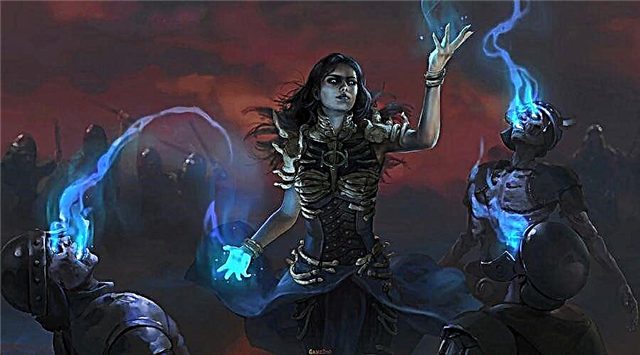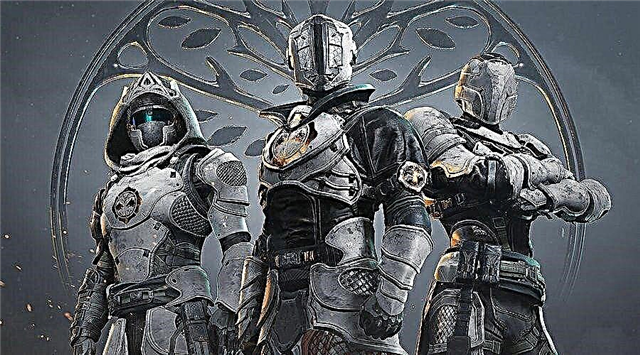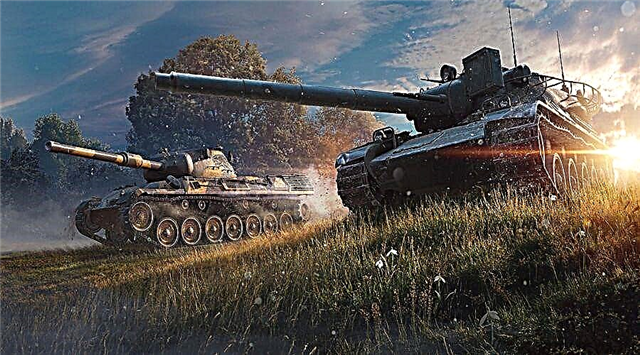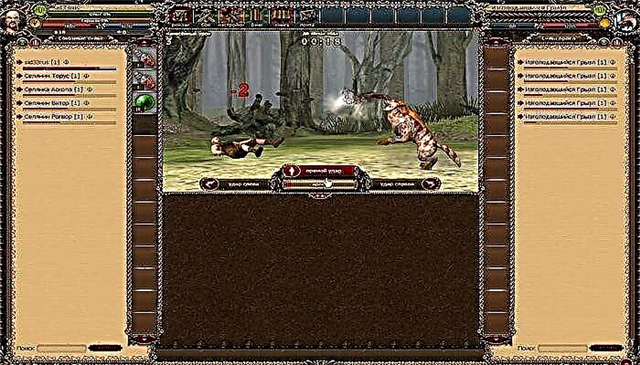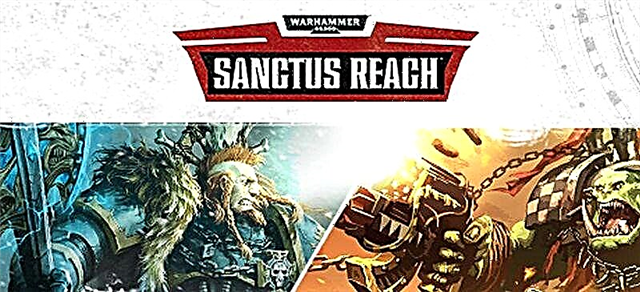
I'm not afraid of this word, Sanctus Rich of all the computer video games I've seen is closer to the desktop source specifically in form and likeness. In the sense that you run scenario after scenario, where you and an AI opponent converge head-on from among 1.5 ruins and 2 trees and butt heads until the first tactical error or dislak on cubes. Virtual, of course. Warhammer 40,000 Sanctus Reach is haunted by the same problem that any transposition of near-board rules into another, "rapid" pace of a computer game - if you are not a fan, you get bored quickly, you get tired quickly.

The essence of a table game is that you arrive, get together, lay out, stand, throw dice, communicate, look at the tables, etc. By the "rhythm of a computer game" I mean that the video game throws cubes for you and behind the scenes, the whole layer of rules the gamer does not see before his eyes and it is, as it were, not significant for the game, significant for understanding the mechanics. And as a result, as a specific computer product, a difficult, objectively difficult video game comes out, where the gamer first needs to learn a volume of rules and understand the intricacies of video game mechanics for optimal "efficiency".

And with a powerful effect of randomness for a computer game. However, this is one of the most high-quality products in the beloved world, specifically based on the beliefs of attitude to spirit, form, appearance, to models - both wards and the environment. What amuses, even the same details and small jambs inconspicuous to the eye from the outside in the models, diligently transferred from the plastic models, are even observed. Sanctus Reach, like similar wargames, is a niche product, but it's great in its own niche.


